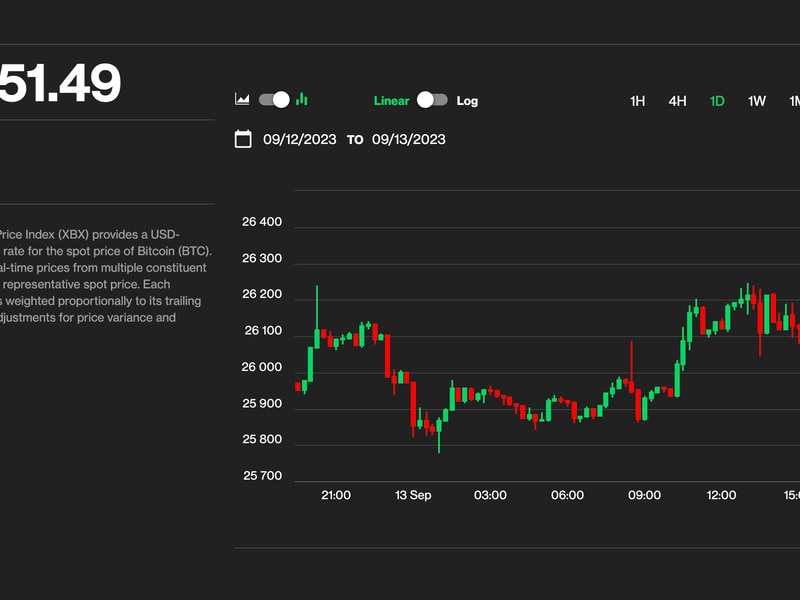Coinbase CEO Confirms Exchange Will Support Lightning, Which Dramatically Speeds Up Bitcoin Payments
Coinbase CEO Brian Armstrong says the crypto exchange will indeed add support for the Lightning Network, one of the biggest endorsements yet for the blockchain that makes bitcoin (BTC) a more realistic option for payments by dramatically speeding up transactions.
The company had said in early August that it was looking into Lightning support. On Wednesday, Armstrong said on X (formerly Twitter) that this review was over and Coinbase has “made the decision to integrate Lightning”
He also took the time to praise bitcoin, calling it “the most important asset in crypto.” Back in August, when discussing the Lightning review, he had said: “I’m all for payments taking off in Bitcoin.”
Lightning is a layer-2 blockchain associated with the Bitcoin blockchain. Bitcoin transactions can be offloaded there for more efficient – and much faster – processing, a prerequisite if BTC has a shot at eventually becoming a common method of payment.
“Bitcoin is the world’s digital monetary system, and Lightning is Bitcoin’s payments layer,” Cathie Wood, the head of Coinbase’s second-biggest shareholder, ARK Invest, wrote on X in response to Armstrong’s post Wednesday. “Coinbase’s integration with Lightning will give its 100 million users an on-ramp to faster and cheaper bitcoin transactions. Hats off to Coinbase!”
Coinbase’s stock was recently up 1.4% following the news.
Armstrong said that while his team is working on integrating Lighting, it will take some time to do so.
Edited by Nick Baker.








